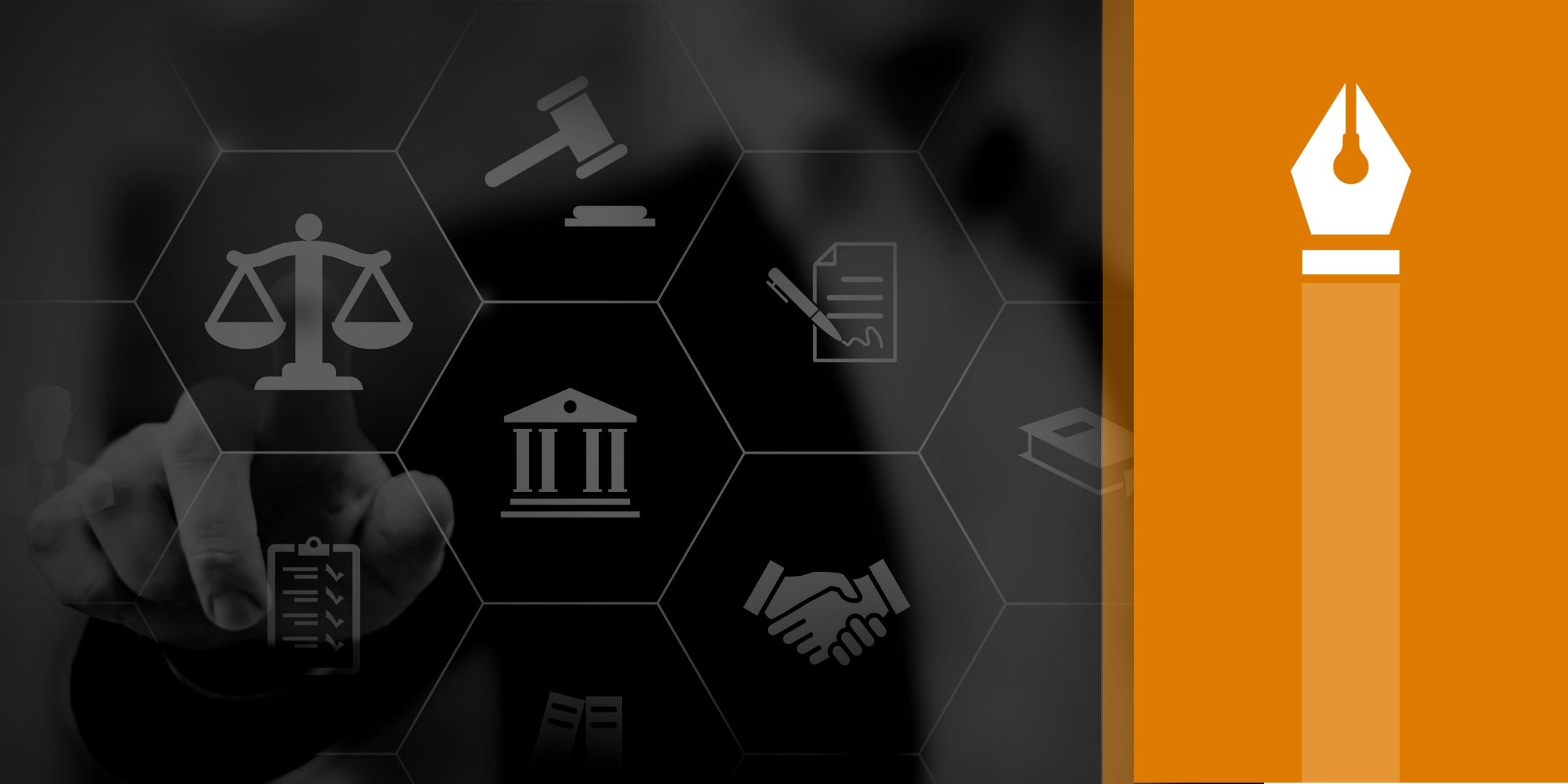
Since the 2008 global financial crisis, legal practices have been faced with growing pressures to increase efficiency and reduce costs, especially from their Fortune 1000 corporate clients. At the same time, new competitors such as the Big Four accounting firms have invested heavily in their own legal capabilities. As a result, there has been consolidation on both sides of the Atlantic – producing ‘mega’ legal practices with thousands of partners and the associated need for more structure and improved automation, especially in the back office.
Legal practices face many of the same challenges as other professional firms such as consultancies who themselves have grown to become multi-billion-dollar enterprises with all the complexity that this involves such as knowledge sharing and the fight to attract and retain talent. At the other extreme, there has been a surge in legal start-ups that seek to disrupt the status quo.
Large clients are demanding fixed price contracts in preference to fees based on the professional time. Successful client outcomes rather than utilisation rates become the driving business metric amongst large legal practices. This challenges the underlying business model and favours new ways of delivering services that employ modern methods such as workflow automation and artificial intelligence.
In this respect technology has much to offer the legal profession. The advent of cloud has implications at four different levels:
The discussion centred on areas such as documentation automation services and express contracting as fertile applications of cloud. Once legal documents are uploaded to the cloud - such as past cases, modern tools such as AI and machine learning can be applied to gain better insights and faster knowledge processing. Only public cloud can cope with the volumes of documents inherent in large legal practices (often exceeding half a billion).
Culture was highlighted as a critical barrier in the adoption of new technologies and ways of doing business. Legal practices are influenced heavily by a partnership structure whose energies are directed to delivering advice and fostering client relationships. Focus is frequently on annual profit share rather than long term investment. Although highly agile to changing market needs, a partnership can be resistant to structural change inside the organisation.
In addition to culture there is a heavy dependency on legacy technologies such as billing systems that may not lend themselves to a modern cloud environment. Software vendors to this sector appear cautious in their adoption of SaaS style service delivery. Security and compliance remain a leading concern amongst managing partners – does the public cloud present greater security risks than on-premise solutions?
Perhaps the most interesting observation by the delegates was the slow response of their clients to change. Clients such as large banks appear to be unnecessarily cautious in adopting new cloud-based techniques including electronic information exchange. This has often proven a limiting factor in adopting new ways of working within legal practices
How can legal services move towards new ways of working? Can a combination of human talent and machine intelligence help transform the sector? Learn more in the full article available in our app exclusively for CIONET members and join the conversation!
This article was written by Roger Camrass, director of CIONET UK and a visiting professor of the University of Surrey, and is based on conversations during a dinner with senior legal executives, sponsored by Rackspace in November, 2019.
These Stories on CIONET UK
No Comments Yet
Let us know what you think